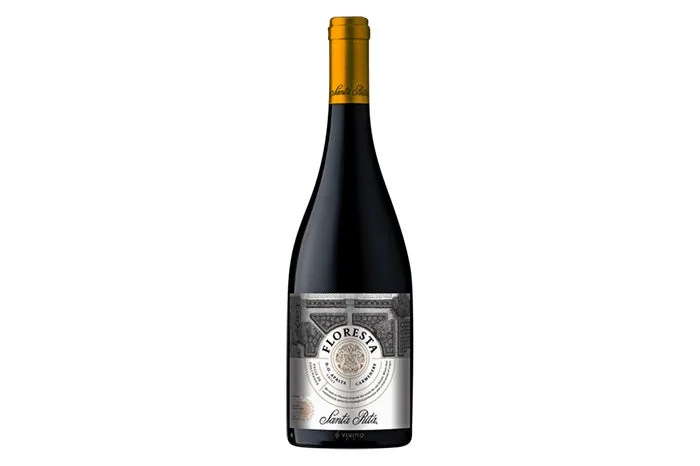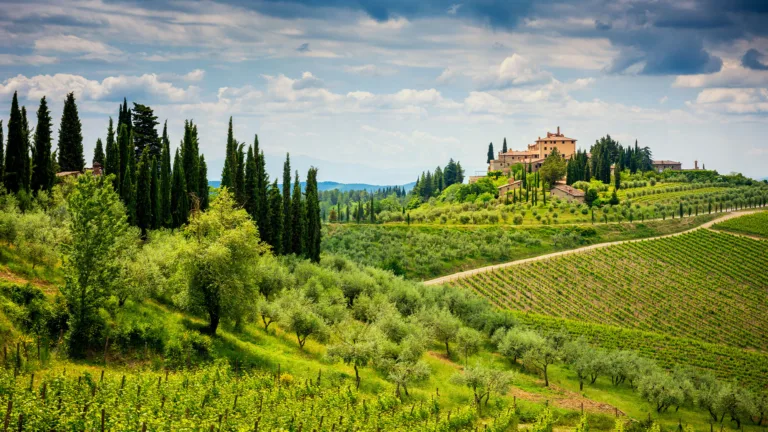On a spring day in 1994, the ampelographer Jean Michel Boursiquot discovered that some “Merlot” grapes growing in a vineyard in Chile were actually Carménère—a grape known for making full-bodied wines with a deep red hue and aromas of black fruit, herbs and spice.
This revelation not only changed the history of this forgotten French grape, but also shook Chile’s wine industry. After all, the varietal was believed extinct, due to the phylloxera devastation in the 19th-century.
“Discovering that what had been believed to be Merlot was not actually Merlot had a significant impact on the industry,” says Ana Maria Cumsille, the current winemaker at Viña Carmen, the Maipo Valley-based producer where Boursiquot made his discovery thirty years ago this month. “It took winemakers some time to begin bottling wines labeled as Carménère.”
Since then, Chilean producers have given Carménère a second chance and the varietal has factored heavily in Chile’s most iconic wines.
A Brief History of Carménère in Chile
In the past, Carménère vines often grew alongside Merlot vines in Chile. However, even before Boursiquot’s discovery, local winemakers noticed that some of their Merlot ripened later than usual and exhibited a higher presence of pyrazines, the compound that gives wines a green bell pepper or leafy presence. They referred to this as “Merlot tardío.”
Once Boursiquot confirmed that this was an entirely different grape variety, winemakers began to categorize the Carménère vineyards and took on the challenge of learning to cultivate a grape that was largely unknown
This Article was originally published on Wine Enthusiast







